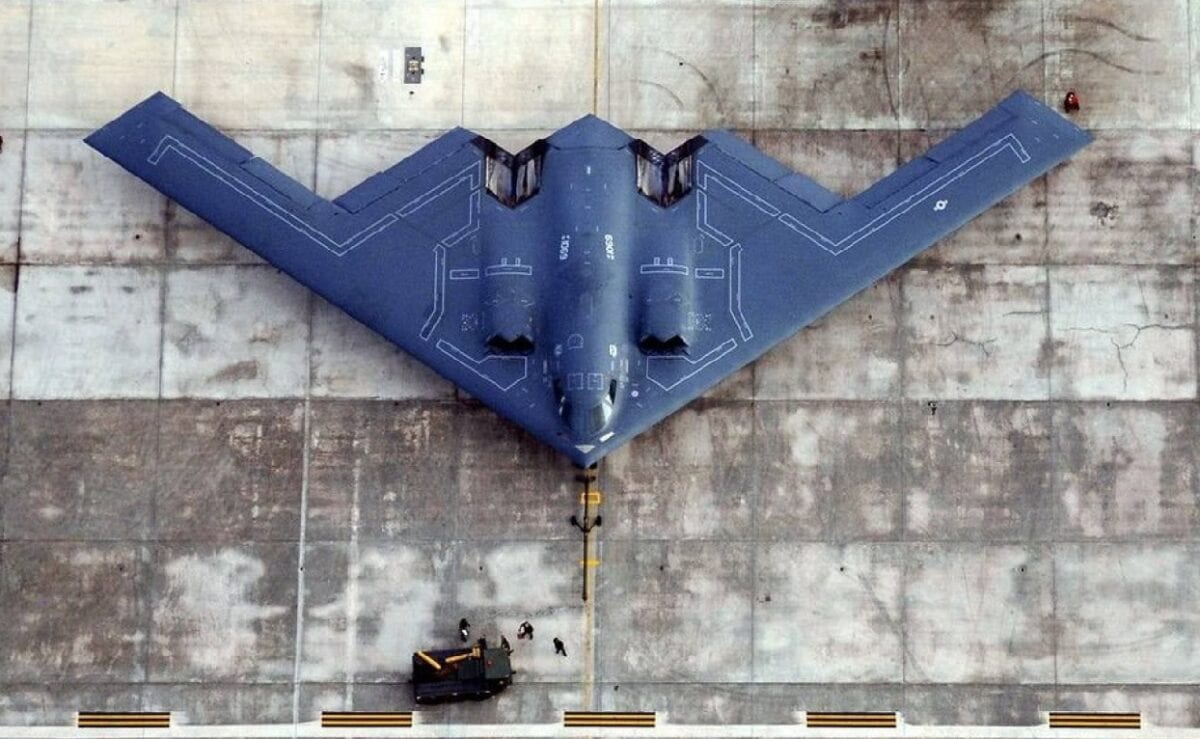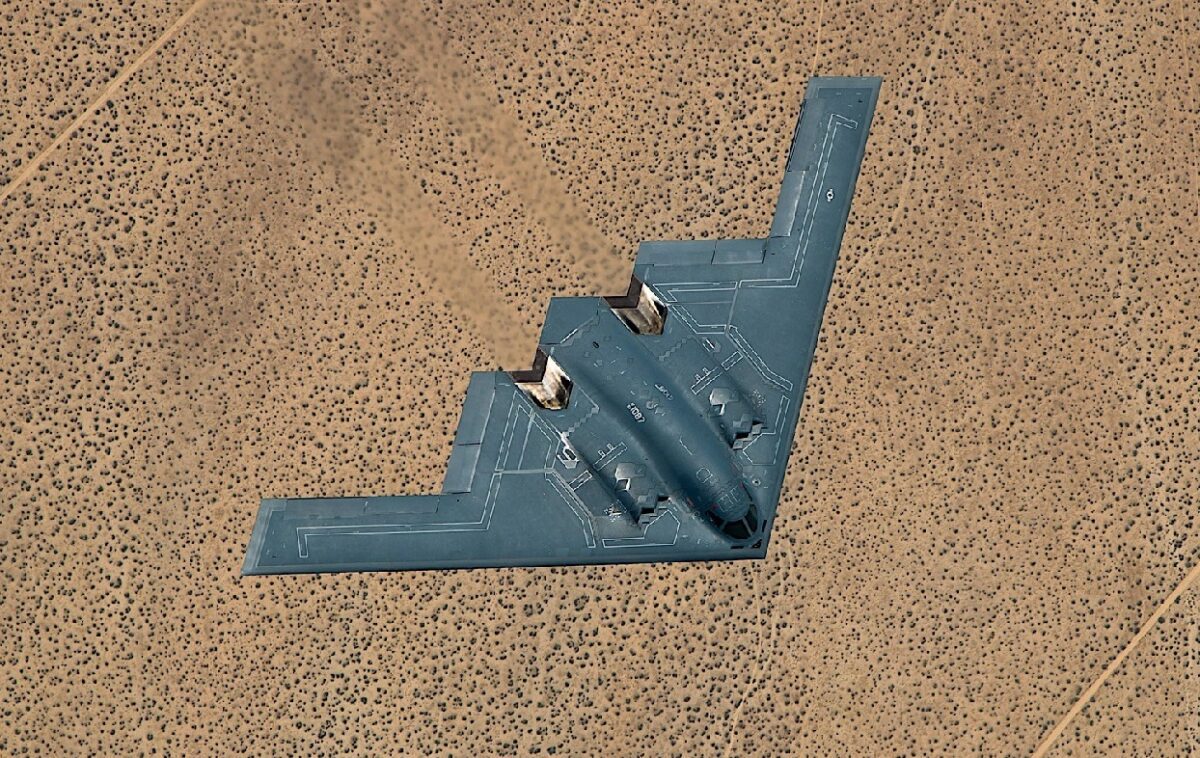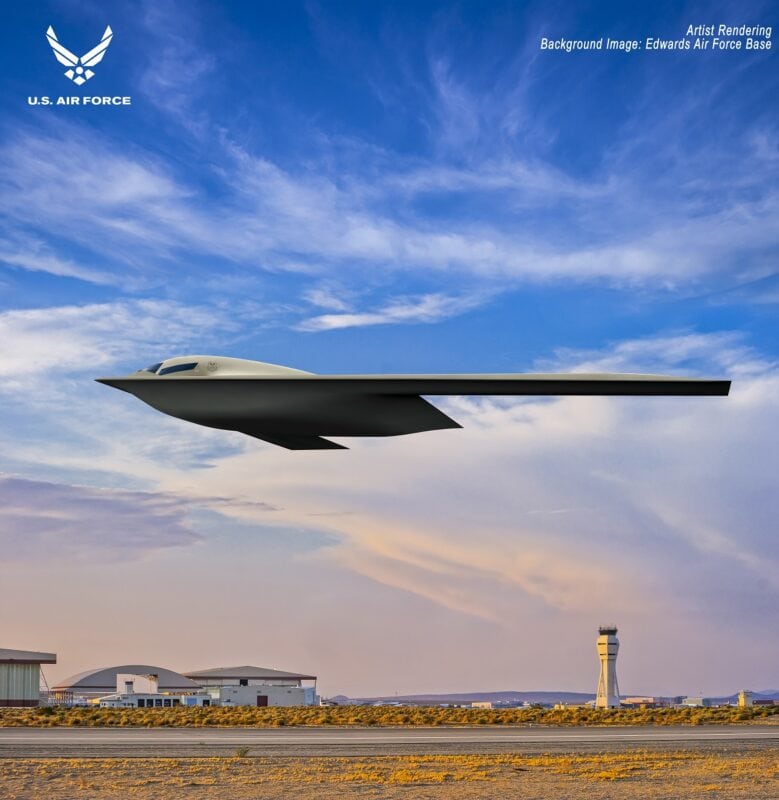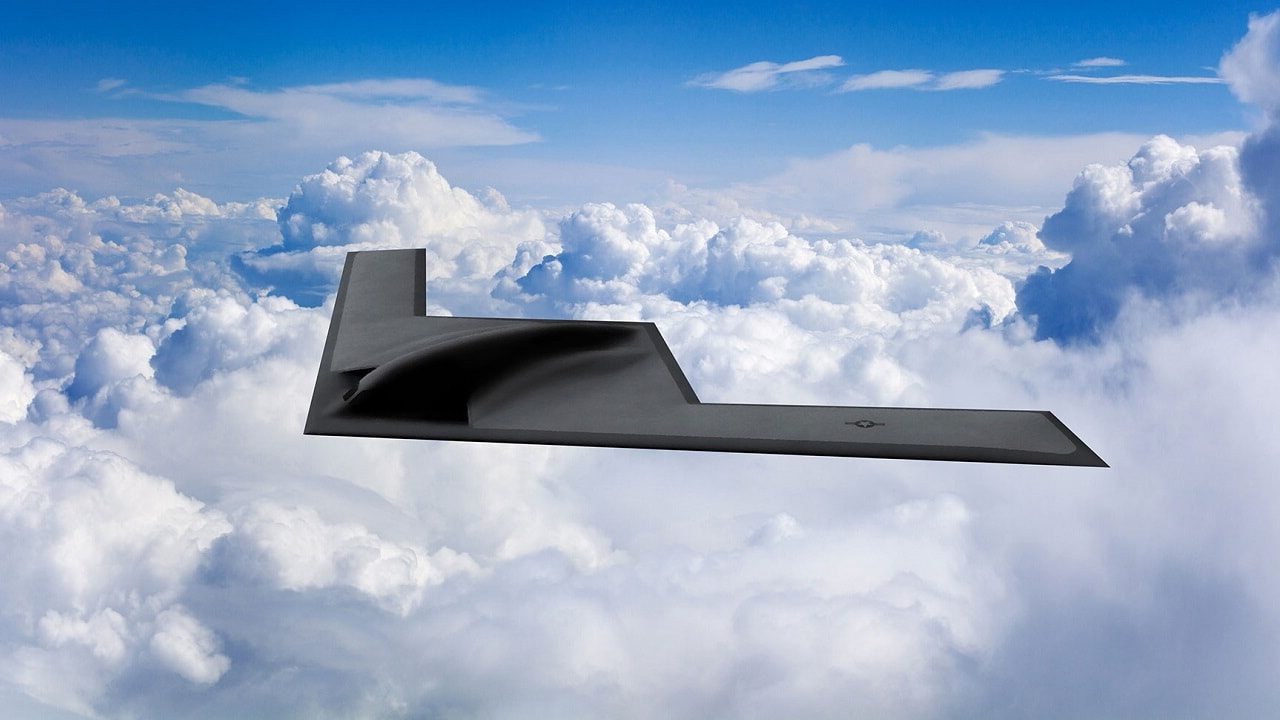The B-21 Raider Could Be a Game Changer for the U.S. Air Force – The U.S. Air Force is hoping for a big upgrade. It has tens of billions of dollars earmarked toward its new B-21 Raider – $32 billion through fiscal year 2027, to be exact. It is still not totally clear just how many new stealth bombers that appropriation will produce, but Air Force brass hopes it will yield at least 100 new aircraft. Will it reach this number? Or will we see piecemeal production, with lots of 20 new bombers entering service every five years or so, depending on the acquisition life cycle and congressional needs?
The Air Force proposes a progressive increase in funding for the B-21 each fiscal year, beginning at around $1.79 billion for fiscal year 2023 and growing to $5.02 billion in 2027.
An All-Purpose Bomber
The funds will help pay for an interesting array of capabilities. The B-21 will be a stalwart in electronic warfare. It will collect intelligence, surveillance, and reconnaissance data. These capabilities will complement the B-21’s main mission of delivering precision-guided bombs and nuclear-capable cruise missiles – perhaps even hypersonic munitions.
The B-21 can act as a sort of head coach and operate a number of drones to serve as loyal wingmen. This will enhance the aircraft’s targeting capabilities, giving it better situational awareness. It will have the ability to sneak past sensors and penetrate enemy territory, or to stay out of range of enemy air defenses for stand-off missile launches.
Since the drones can exploit their own targeting information, the B-21 has greater autonomy. It does not have to rely on data from the ground or from airborne early warning systems.
Warrior Maven described it this way in late March: “B-21 manned-unmanned teaming also introduces a wide range of new tactical possibilities, to include an ability to deliver a much larger weapons payload, increase dwell time over target areas and conduct attacks over a wider envelope or engagement area.”
New Bombers to Bolster an Aging Fleet
But the B-21 program will be expensive, and the path to producing 100 of them could realistically carry on many years past 2027. The next five years will see a modest amount of production, with the expectation that 20 B-21s will roll out of their lots. But by fiscal year 2028, the Northrop Grumman facility in Palmdale, California, could be pumping them out in greater numbers. It all depends on how well they fly, the needs of the service, and congressional approval.

B-2 Bomber. Image: Creative Commons.

Image of B-2 Bomber. Image Credit: Creative Commons.

Shown is a B-21 Raider artist rendering graphic. The rendering highlights the future stealth bomber with Edwards Air Force Base, Calif., as the backdrop. Designed to perform long range conventional and nuclear missions and to operate in tomorrow’s high end threat environment, the B-21 will be a visible and flexible component of the nuclear triad. (U.S. Air Force graphic)
Twenty B-21s over the next five years would be a welcome addition to an Air Force bomber fleet that has not added a new platform in decades. The B-52, B-1, and B-2 bombers in service are getting old, especially the B-52s, and the group requires regular upgrades.
The B-21 will improve the bomber leg of the U.S. nuclear triad just as China comes out with its new stealth bombers in the coming years. The first production run will be critical for the B-21. Delays could put the United States at risk of falling behind the Chinese. Meanwhile, defense budget hawks in Congress and the White House could look to trim the B-21’s budget.
The next five years need to go well if the U.S. hopes to build 100 new bombers.
Now serving as 1945’s Defense and National Security Editor, Brent M. Eastwood, PhD, is the author of Humans, Machines, and Data: Future Trends in Warfare. He is an Emerging Threats expert and former U.S. Army Infantry officer. You can follow him on Twitter @BMEastwood.

